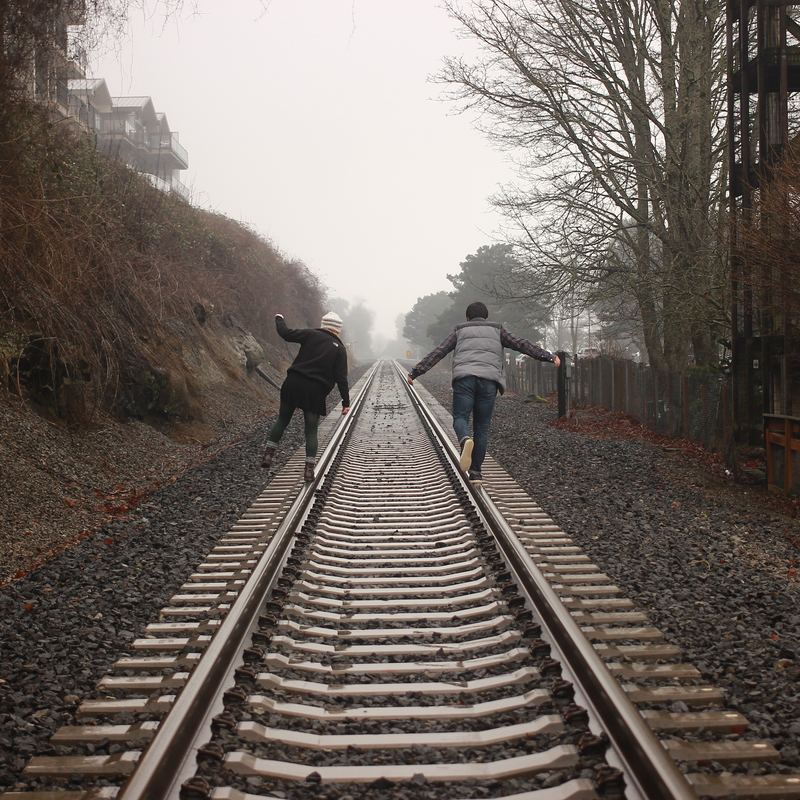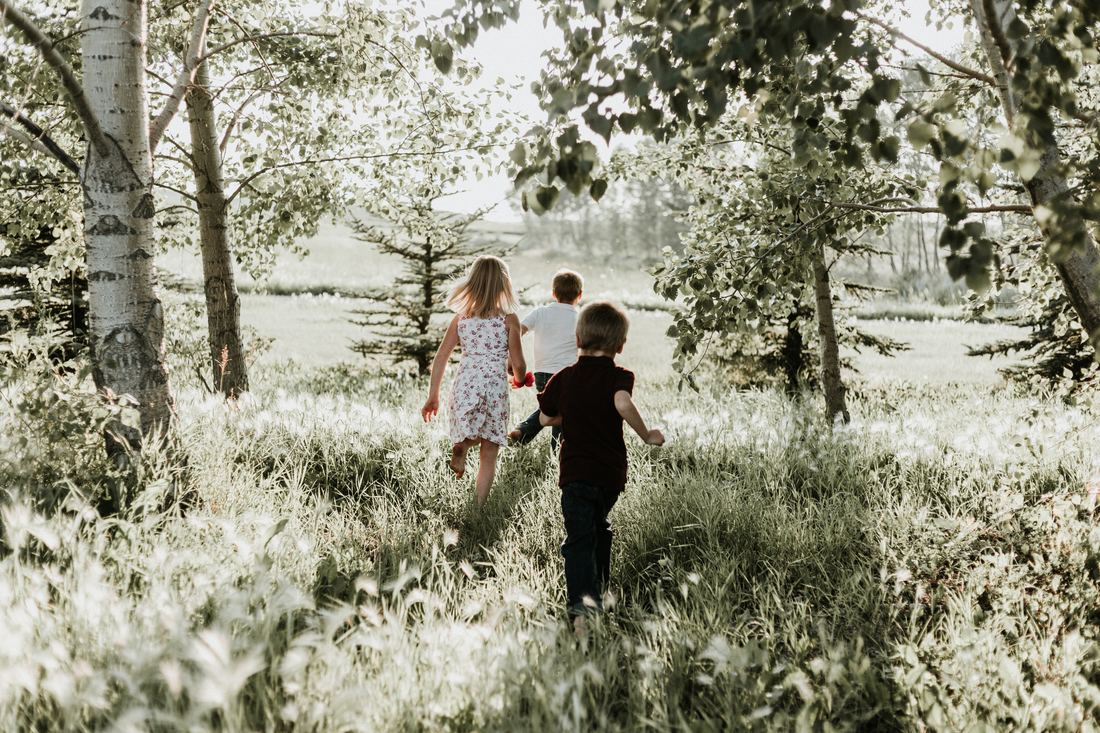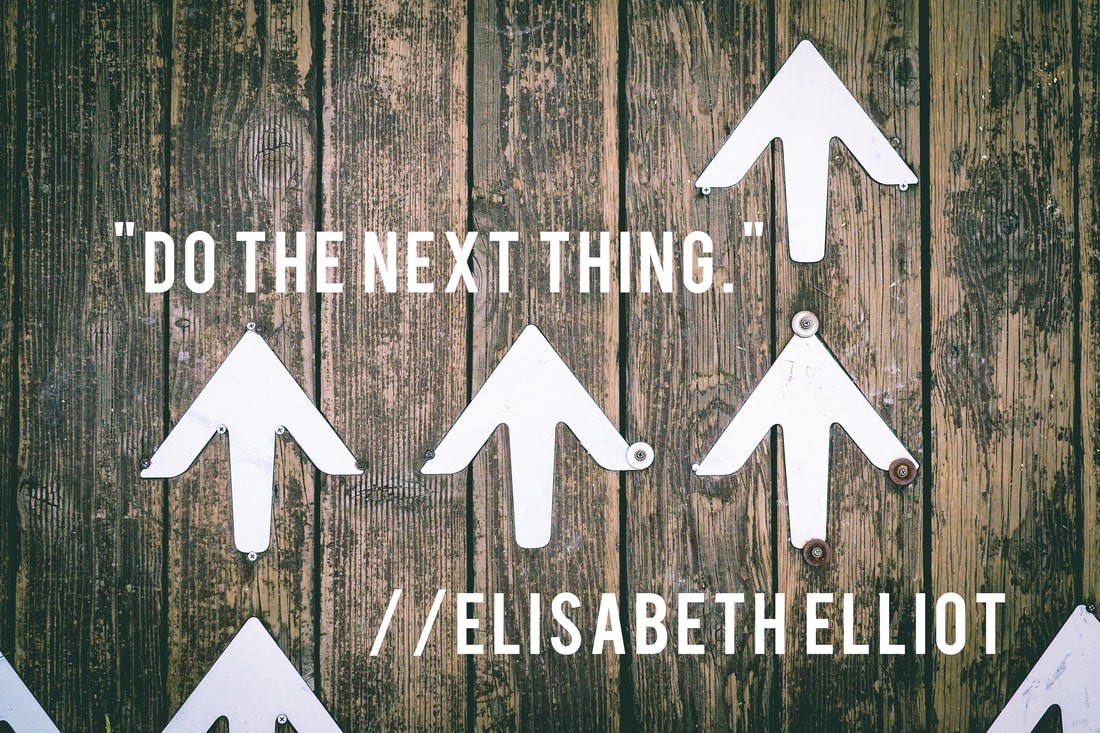May 4, 2018
There is a lot of fear and morose surrounding the grace/truth/Church/LGBT+ conversation.
If only I could tell my friend they can get married to their partner.
If only I wasn’t a leader so I didn’t have to dole out the law of the church.
If only the Bible didn’t say these things.
If we are simply walking on a balance beam of grace and truth, then this grace/truth/Church/LGBT+ conversation feels like a scary/sad conversation reserved only for the hyper-sensitive and super-trained.

But we are not walking on a balance beam of grace and truth. We are a part of a big-picture story: A love story. A story of inclusion. A story of family. A story of oneness. A gospel story.
Creation
Before God created the heavens and the earth he was three. Three in unity. Three in a dance of joy and worship and oneness.
Then he intentionally split everything up: Heaven and earth. Night and day. Land and sea. Male and female.
“It’s good! So good!” God said. Even in this division there was unity. Oneness. It wasn’t hard to work for the glory of God. There was joy. Ultimate inclusion. Ultimate family.
Fall
Then, the Fall. Now there wasn’t only an intentional split but fraction. Division. Pain in everything from work to relationships to childbirth to the plants to our very genetic makeup. We were and are broken.
“Dear ones, even in your brokenness, be one,” God said. “Pursue unity, inclusion, family. Worship me—the satisfier of your soul. The source of your ability to be one.”
But it was hard. Working through the pain of not only our God-ordained differentness but now our sin-laden fracturedness was painful.
Redemption
“You can’t do it without me,” Jesus said. “I’ll make a way for you.”
“Rely on me,” Jesus said. “Take my righteousness upon you, and be one like the Father and the Son. Invite more disciples into this oneness. Love and worship me in your unity.”
This worship as one is the goal of life. It has been the design from the start of creation.
We don’t live like we believe it.
Instead, many of us follow the Christian paradigm: You are born, you pray “the prayer,” you get married to an opposite-gendered person, you make Christian babies, you do good things, you suffer, you tithe, you die, you see Jesus. Boom. Life.
No. That’s not the point of life.
And this is why we are sad and scared.
The LGBT+ conversation is simply a small mirror reflecting back into the dark corners of our churches and hearts we don’t want to look.
We don’t want to look at our worship of the nuclear family as ultimate. We don’t want to look at our lack of pursuing the mission to be one—and including people in this oneness (AKA making disciples). We want to live life peacefully, have a family, be happy, and die.
But then affirming LGBT+ people say the same thing: We want to live life peacefully, have a family, be happy, and die.
Shocked, we say, “No!”
Or, “Yes?”
Or, “Oh no, I have to say, ‘No!’”
But when we respond to their desires in this questioning, sad, or scared state we reveal our focus on our family and not on the ultimate family.
This is wrong. The reason I differ with affirming LGBT+ people is not because of a need to say, “No,” to their desire for a nuclear family, but because we all need to say, “Yes!” to something greater.
What is this yes?

Re-creation
The “yes” is oneness, ultimate family, and ultimate inclusion. A group of people working together to build the Kingdom, make disciples, and be one as the Father and Son are one.
Yes, a heterosexual marriage with kids is a part of this unity, but so are single people. And not in a, “Oh, I suppose single people can come,” but in a jumping up and down, “Yes! Of course! Single people! We need you! God made you for a good purpose! You are equally necessary to building the Kingdom!”
The only requirement for family membership is surrender, covenant, and a commitment to looking more and more like the Model of oneness: A holy God who has been one from the start. A holy God who has been family (Father/Son/Spirit) forever. A holy God who has been invitational from the beginning of time.
After we re-establish the goal (oneness), that’s when we can start talking about the practical pieces of truth/grace—not while singing a dirge, but with joy asking “How can we all experience ultimate love, ultimate inclusion, ultimate oneness, and ultimate family?”
The answer is by removing and pointing out ways we don’t look like the Model. We are not sin Nazis; we are oneness champions who recognize sin prevents us from oneness, from ultimate inclusion, and from ultimate family.
This is why I am not sad or scared when it comes to the LGBT+/Church conversation.
If I was worshipping the nuclear family as ultimate, I would be.
If I didn’t believe that God designed the world good, I would be.
If I didn’t see the bigger picture oneness that he had since the beginning of time, and he is calling us to pursue as we pray and build the Kingdom of God on earth as it is in heaven, I would be.
If I didn’t see that to say, “No” to sinful behavior was to say, “Yes” to more love, joy, family, and inclusion I could possibly imagine, I would be sad and scared.
But I am not.
There is pain for me as I live this grace/truth/Church/LGBT+ thing out, but as I surrender my suffering to the only One who can truly fill that space with the balm of Love, I am more joyful, confident, and sold on God and on his design than I ever thought possible.
Who is with me?

- Read: Taking the Family of God Seriously by celibate gay Christian Bridget Eileen. Highlight: “Celibate gay Christians are frustrated. They’re frustrated because they’re making the type of relational sacrifices that scripture demands, but they don’t see the same from many others. Like it or not, a church where only the smallest fraction of its people prioritize spiritual kinship is not a church. It’s a club.”
- Respond: Have you ever found yourself sad or scared when it comes to approaching the LGBT+/Church conversation? What helps you walk forward with tenderness, grace, and courage?



